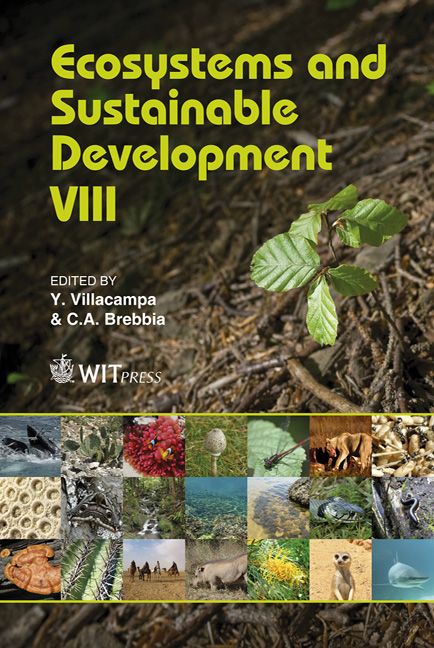Sustainable Carbon Neutral Building Design: New Simulation Tools For Teaching Green Buildings
Price
Free (open access)
Transaction
Volume
144
Pages
8
Page Range
277 - 284
Published
2011
Size
3,066 kb
Paper DOI
10.2495/ECO110251
Copyright
WIT Press
Author(s)
S. Vassigh
Abstract
The Building Industry is one of the major consumers of energy. In the United States buildings use 48% of the total energy consumed, significantly impacting national energy demand and contributing to global warming. The vast majority of architectural practice in the U.S. leads to construction of buildings with little concern to sustainability contributing to environmental degradation. However, as the environmental impact of buildings become increasingly recognized, the role of architects and the initial decision making process which determines the resource use and life-cycle of materials, systems, and construction processes, becomes more critical. In order to advance sustainable development and make green building construction the standard rather than the anomaly, the education of the architects must be reconsidered. The traditional American architectural curriculum that is based on a schism between \“design” and \“technology” is inherently in conflict with the principal of sustainability. Recent research in building design indicates that the most resource efficient, best performing, and environmentally sustainable buildings are designed utilizing \“integrated practice,” in which the various disciplines involved in building design work together at the conception of the project to improve overall building performance, reduce GHG’s, and lower the costs for operation and maintenance of buildings. Although large-scale reform of architectural curricula is a complex, ongoing, and difficult debate, producing teaching tools that can simulate integrated design can impact and promote a better understanding of sustainable practice in architecture.
Keywords
educational tools, teaching sustainable design, augmented learning, instructional technology, green building design





